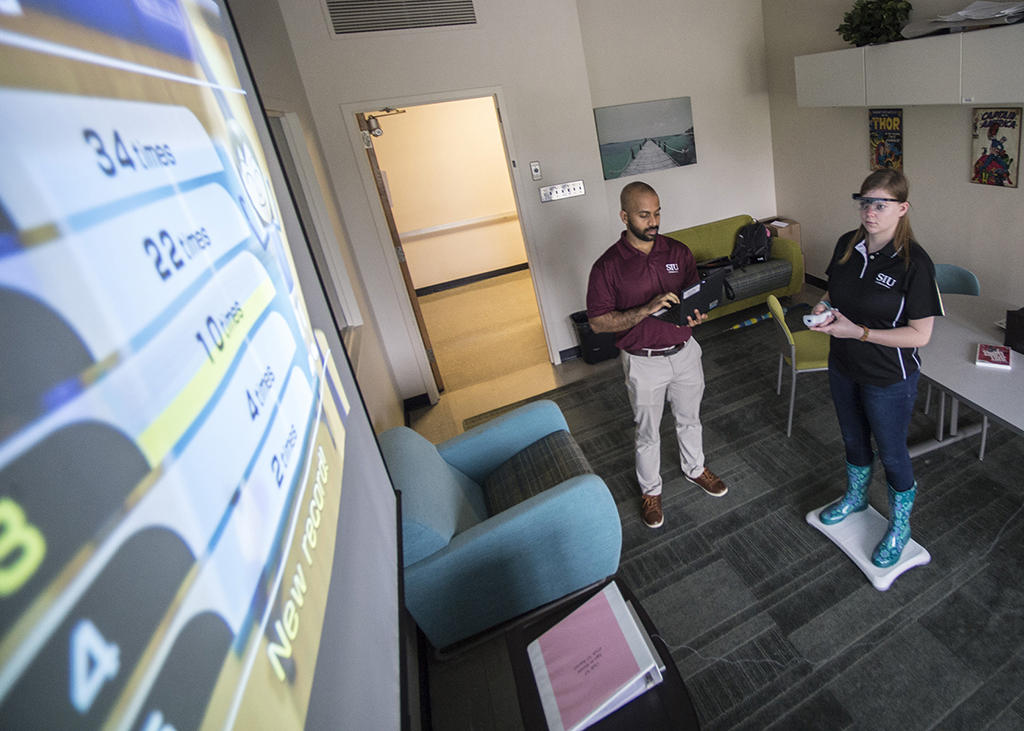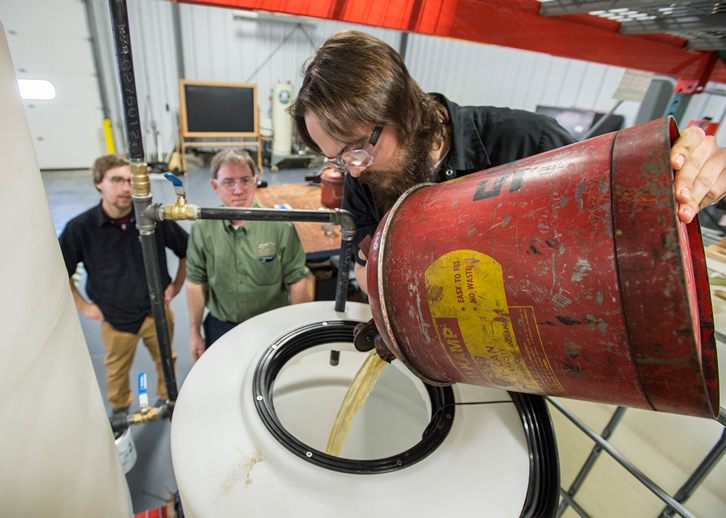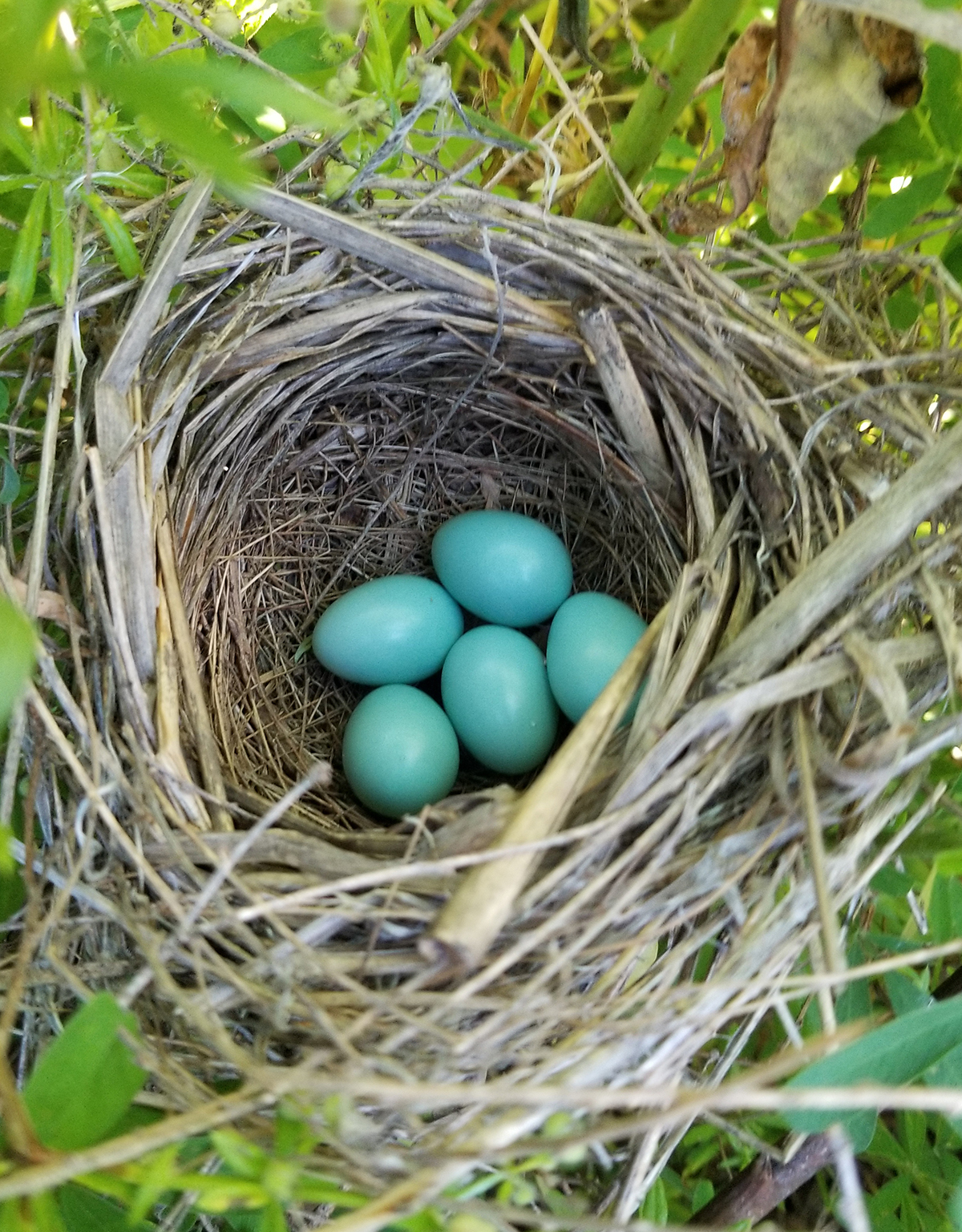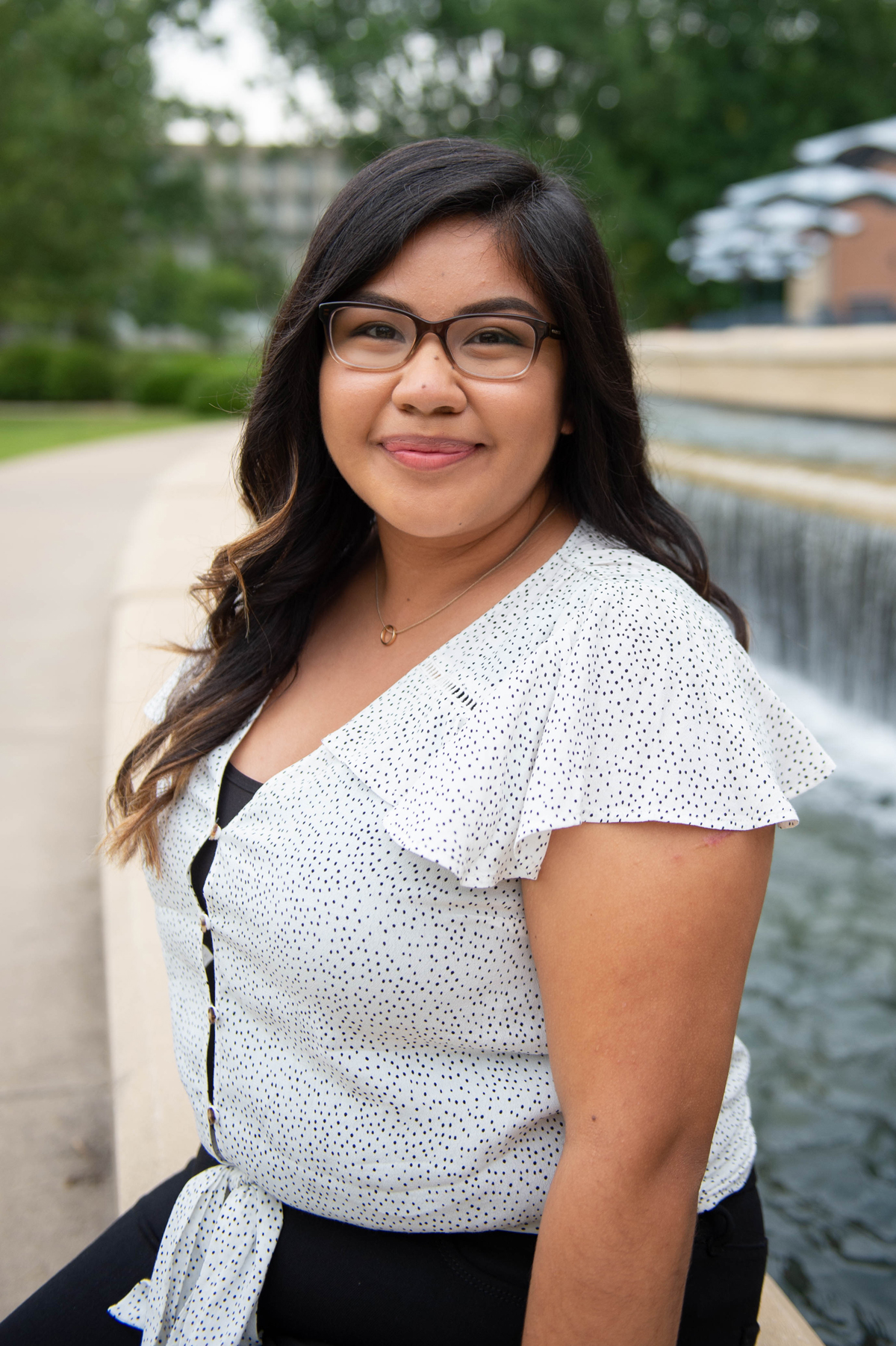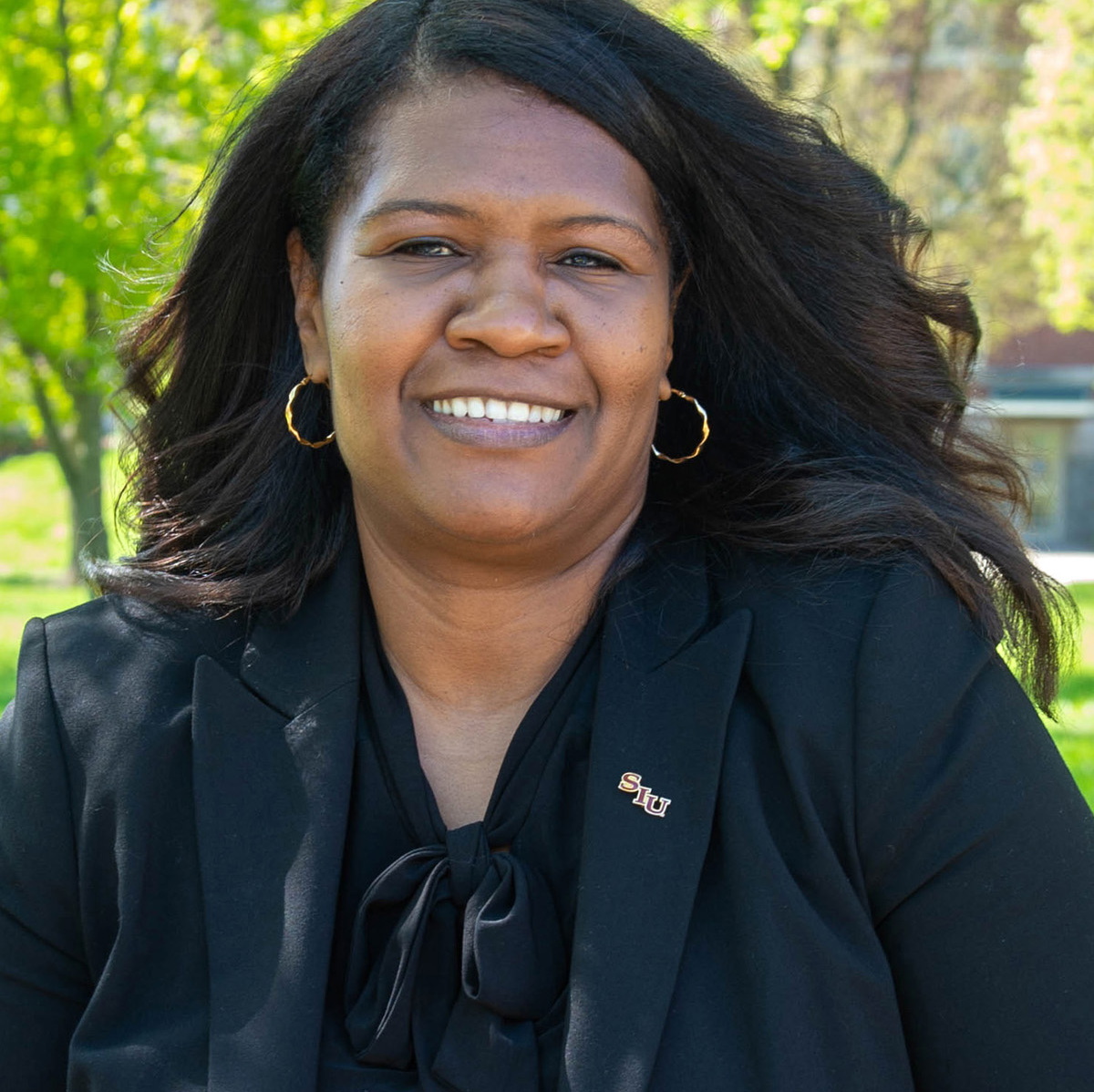It all came down to that weirdly familiar series of numbers….
3….2….1….
And with a deafening roar, audible over even the blustery April winds whipping the Kansas prairie, the Rocketeers of Southern Illinois ushered in a new era of Saluki achievement, competing in the team’s first rocketry contest last weekend at the Argonia Cup.
New club, big challenge
The team, formed just late last year, was the only one to successfully land two qualifying flights during the competition, ending up with a respectable second-place finish.
Not bad, considering the fledgling group of SIU engineering and science students only tested their first rocket a few weeks before taking on long-established teams in Kansas.
“I couldn’t be prouder of what the team has accomplished in such little time,” said Adam Vogel, a junior in civil engineering who started the group and currently serves as its president.
Proudly sporting Saluki maroon, the 8-foot-tall, 4-inch-wide rocket leapt off the pad twice over two days, reaching altitudes of 12,306 feet and 11,941 feet, and speeds of 1,090 mph and 1,130 mph respectively.
That’s well over the speed of sound, folks, and more than two miles high.
Team earns second place, but rocket goes the highest
They were edged out by Oklahoma State University, whose rocket landed closer the ground target all teams were shooting for, even though it didn’t reach near the altitude of the SIU team’s rocket.
The SIU rocket took many hours of sanding each fitting, measuring and riveting, as well as the time it took to calculate pressure changes, max velocities and apogees. The team used cutting-edge technology, such as 3D printing, for the specialized centering rings, to ensure the rocket’s fins were perfectly straight.
Physics specialist Bob Baer painted the finished rocket, and soon it was time to leave for Kansas, where the cold, windy weather was creating further challenges.
Getting down to business
On the first day of the competition, April 7, the team met up with its mentor, Air Force Maj. Bryan Sparkman, and drove to the launch site. Flight prep began about 9 a.m. for an 11 a.m. launch.
Flight prep includes many important tasks.
Team members Jinal Valand and Matthew Lunde prepared ejection charges, which consisted of 4 grams of black powder packed into a sealed cardboard tube with an electric match at the bottom, ignited by the rocket’s internal altimeter (it carried two: a primary and a back-up unit). The charges provide the pressure necessary for separation, once at apogee to separate the booster and payload sections and once at 800 feet to release the main parachute.
Once the electronics were squared away, Vogel and James Cabahug assembled the powerful motor. At the same time, Caleb Dushman packed 58-inch parachute and fireproof chute protector.
All systems go for launch…
Soon it was time to launch. As Vogel recalled, his last-second thought went something like this:
3…“This is it. A semester of hard work lead to this moment.”
2…“I really hope I am not forgetting anything…”
1…
And the rocket screamed into the air.
The group now turned their collective thoughts to recovering their rocket, which was thousands of feet high and running out of fuel. With ears cocked skyward, they silently waited to hear a small pop, indicating the apogee ejection charges were successfully activated.
As they turned their heads to follow the rocket’s smoky trail, they were unable to make visual contact and relied on a HAM radio tracking device to find it. It took an hour just to pick up its signal, but they found it.
Strong showing portends bright future
In the end, only the Rocketeers of Southern Illinois and the OSU team were the only two out of eight teams that reached the required altitude and safely landed. Other teams dealt with a myriad of problems, including frozen parachutes, exploding motors and broken fins. The second launch on April 8 went much as the first.
“Considering we entered the competition with no recovery method besides 20 feet of caution tape acting as a streamer to keep the rocket decent vertical, ending up in second place is fantastic,” Vogel said. “Our team not only built two incredibly successful rockets this year, but they helped me develop my leadership skills and became some of my best friends.”
Vogel said the future looks bright for the team.
“If we are able to get second place with only one semester of work, imagine what we will be able to accomplish with an entire year.”
